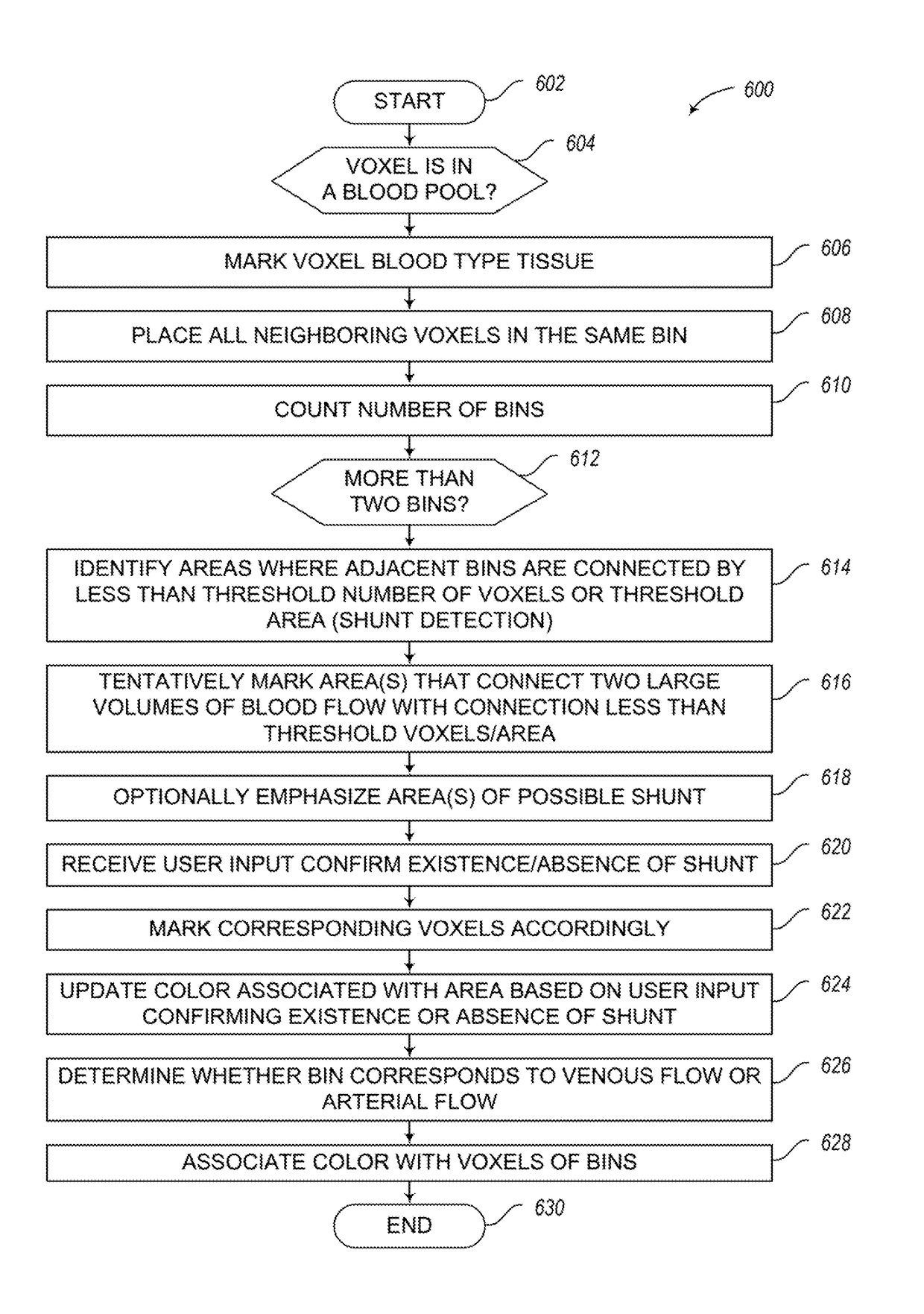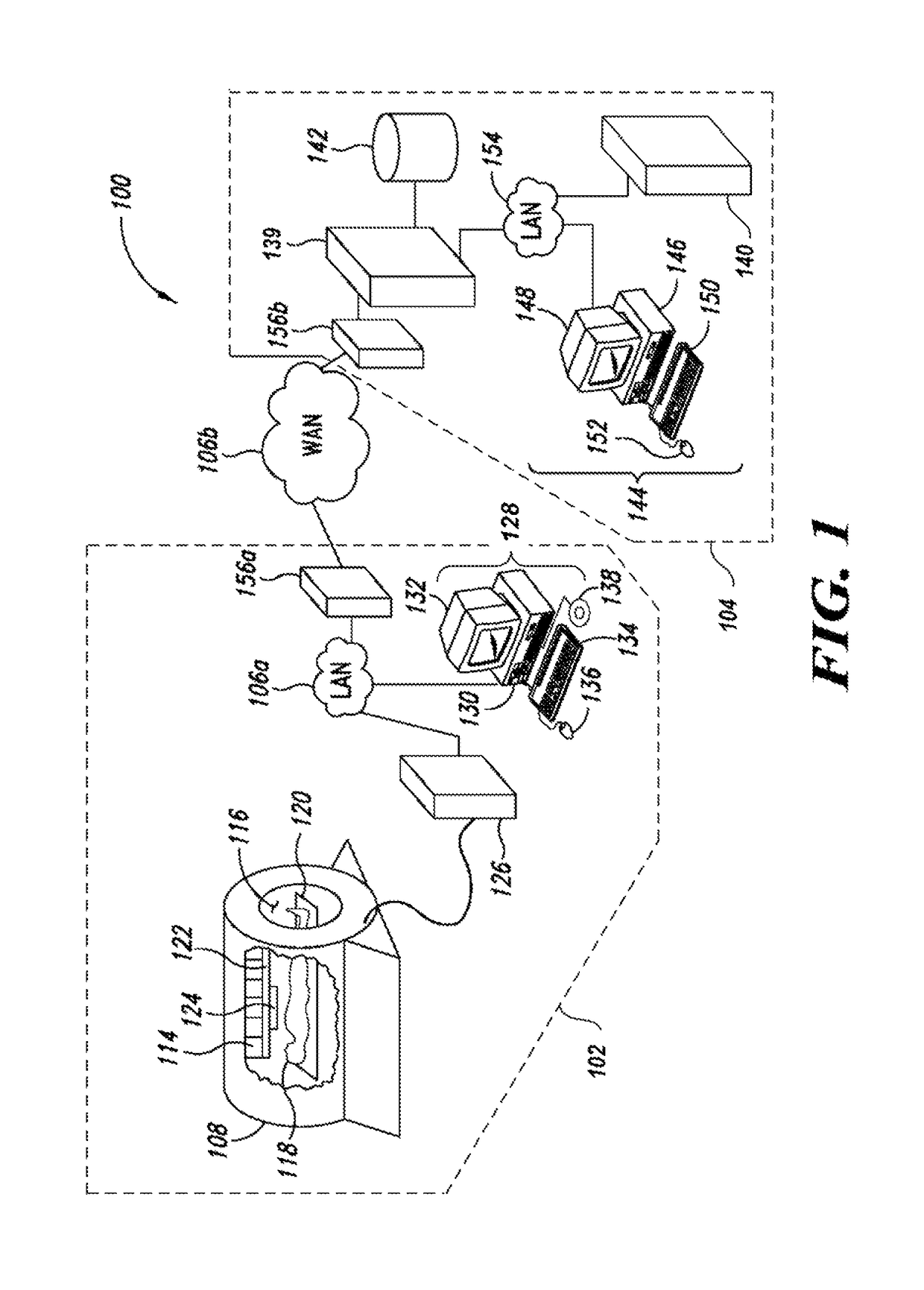Apparatus, methods and articles for four dimensional (4D) flow magnetic resonance imaging using coherency identification for magnetic resonance imaging flow data
a magnetic resonance imaging and coherency identification technology, applied in the field of four-dimensional (4d) flow magnetic resonance imaging, can solve the problems of high cost, high cost associated with clinicians, high cost associated with computational power computers employed in clinical facilities, etc., to achieve the effect of simplifying mri procedures, reducing diagnostic facilities' costs and burdens, and powerful computational resources
- Summary
- Abstract
- Description
- Claims
- Application Information
AI Technical Summary
Benefits of technology
Problems solved by technology
Method used
Image
Examples
Embodiment Construction
[0094]In the following description, certain specific details are set forth in order to provide a thorough understanding of various disclosed embodiments. However, one skilled in the relevant art will recognize that embodiments may be practiced without one or more of these specific details, or with other methods, components, materials, etc. In other instances, well-known structures associated with MRI machines, computer systems, server computers, and / or communications networks have not been shown or described in detail to avoid unnecessarily obscuring descriptions of the embodiments.
[0095]Unless the context requires otherwise, throughout the specification and claims which follow, the word “comprise” and variations thereof, such as, “comprises” and “comprising” are synonymous with “including,” and are s inclusive or open-ended (i.e., does not exclude additional, unrecited elements or method acts).
[0096]Reference throughout this specification to “one embodiment” or “an embodiment” mean...
PUM
 Login to View More
Login to View More Abstract
Description
Claims
Application Information
 Login to View More
Login to View More - R&D
- Intellectual Property
- Life Sciences
- Materials
- Tech Scout
- Unparalleled Data Quality
- Higher Quality Content
- 60% Fewer Hallucinations
Browse by: Latest US Patents, China's latest patents, Technical Efficacy Thesaurus, Application Domain, Technology Topic, Popular Technical Reports.
© 2025 PatSnap. All rights reserved.Legal|Privacy policy|Modern Slavery Act Transparency Statement|Sitemap|About US| Contact US: help@patsnap.com



